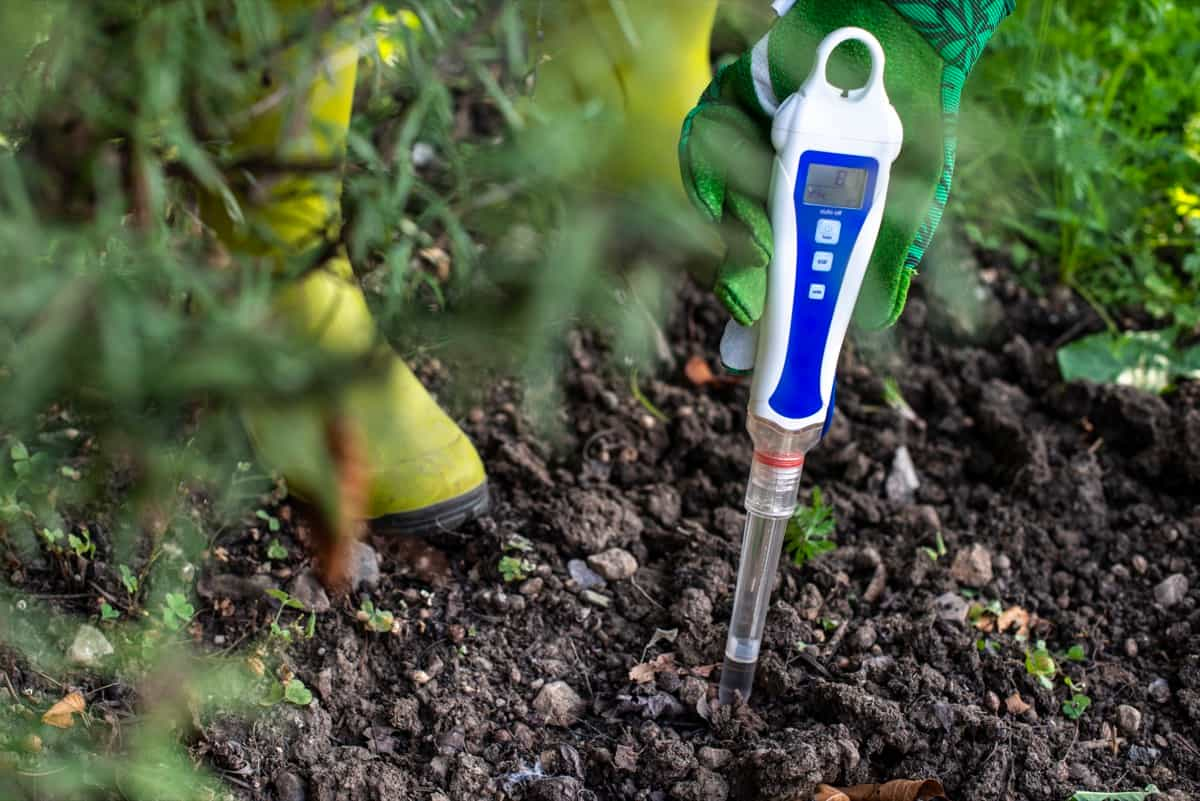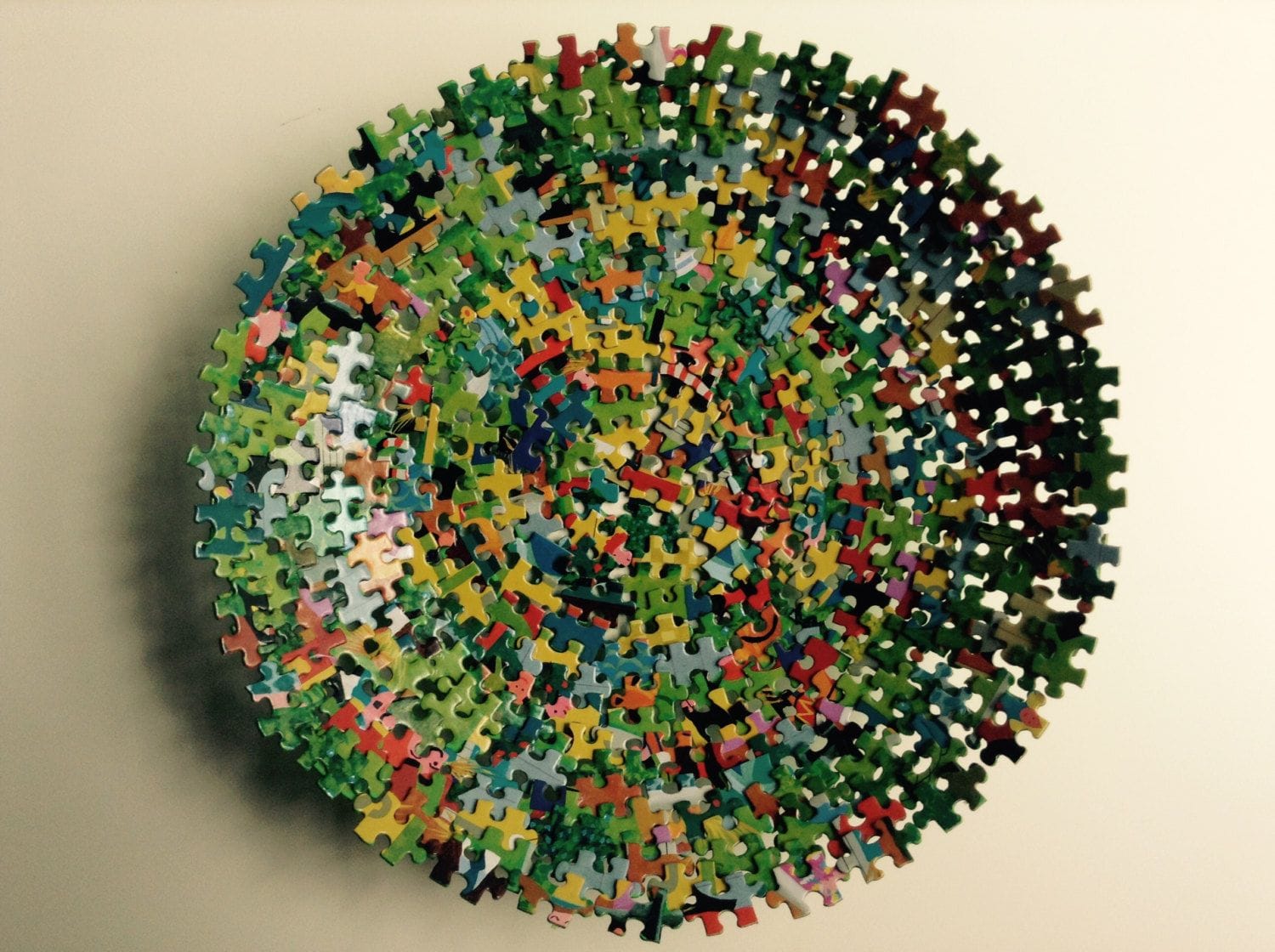Deregulated Nutrient Sensing: A Key Contributor to Aging and Its Related Problems
The human body is a miraculous system of checks and balances to achieve homeostasis. Critically important to this system is the information collected and acted upon by the body's glandular, circulatory, cognitive and hormonal systems.

Introduction:
As we age, we experience various changes in our body that are mainly contributed to specific factors. Some of these factors are our unhealthy lifestyle, food habits, and our body's internal environment. An additional, antagonistic hallmark of aging is Deregulated Nutrient Sensing. It occurs when our body's ability to regulate nutrient intake and its utilization is disrupted. This deregulation leads to various health problems that can accelerate the aging process, including gut biome imbalance and unnecessary muscle deterioration. In this blog, we will delve into the details of Deregulated Nutrient Sensing and what are the potential measures to prevent it.

What is Deregulated Nutrient Sensing:
Nutrient sensing is an essential process that occurs in our body to regulate and utilize the nutrients from the food we eat. It's a complex process that involves various signaling pathways that include nutrient sensors, metabolic enzymes, and other proteins and fats. Proper nutrient sensing is crucial for our body's growth and development. However, as we age, our body's ability to sense and utilize nutrients starts to deteriorate. This leads to Deregulated Nutrient Sensing and contributes to age-related health problems.
What causes Deregulated Nutrient Sensing
The causes of Deregulated Nutrient Sensing can be varied. One of these causes is our genetic predisposition, where some of us are more prone to this hallmark of aging than others. Another cause is our unhealthy lifestyle, including excessive consumption of a high-calorie diet and lack of physical activity. This unhealthy lifestyle can lead to an imbalance in our gut biome, which, in turn, contributes to Deregulated Nutrient Sensing.
Why is it Critical to my Health and Wellness.
Both scenarios created imbalance, via under recognition or over recognition which, in turn, creates false feedback for the body to use while striving for homeostasis, or a balanced system. Under recognition will utilize resources the body doesn't necessarily need. For example, non-recognizing certain amino acids present in the blood stream, will cause the body to break down muscle fibers, freeing up some amino acids in order to reach a balance, such a blood ph. levels.
The human body is a miraculous system of checks and balances to achieve homeostasis. Critically important to this system is the information collected and acted upon by the body's glandular, circulatory, cognitive and hormonal systems. They work collectively to put the correct pieces of the puzzle into the correct place and orientation.
Ultimately though, Deregulated Nutrient Sensing in older adults also presents itself in muscle metabolism. Inability to metabolize nutrients efficiently eventually leads to muscle wasting, which is an almost inevitable effect of aging. Thus, not only does Deregulated Nutrient Sensing impact our gut biome, but it also has effects that we can visibly see and feel through muscle atrophy, weakness, and decreased mobility.

Therapies and Support Systems for Deregulated Nutrient Sensing
Cutting-edge research is being done to develop preventive therapies that can help regulate nutrient sensing. One such therapy is intermittent fasting, which has been shown to improve nutrient sensing and reduce the rate of aging. For example, novel therapeutic compounds targeting impaired nutrient sensing via the sirtuin pathway are being studied for their potential benefits. Another is restriction of the amino acid methionine, which has been found to increase lifespan in animal studies. Fittingly, methionine is the very first amino acid in every single strand of DNA, even when it is not encoded!
For those who are uncertain about trying these preventative therapies, there are also dietary supplements available that promise to help regulate nutrient sensing. One such supplement is Resveratrol, which is found in wine and has been shown to activate signaling pathways involved in nutrient sensing. Another supplement is Curcumin, found in turmeric and known to decrease inflammation in the body and improve nutrient sensing.
Remarks:
Deregulated Nutrient Sensing is an inevitable part of aging, but it does not have to be the end of the road. The development of various preventative therapies and supplements can help regulate nutrient sensing, slowing or even reversing the effects of aging. By implementing these therapies and maintaining a healthy lifestyle, we can improve our quality of life and enjoy more fruitful years ahead.




